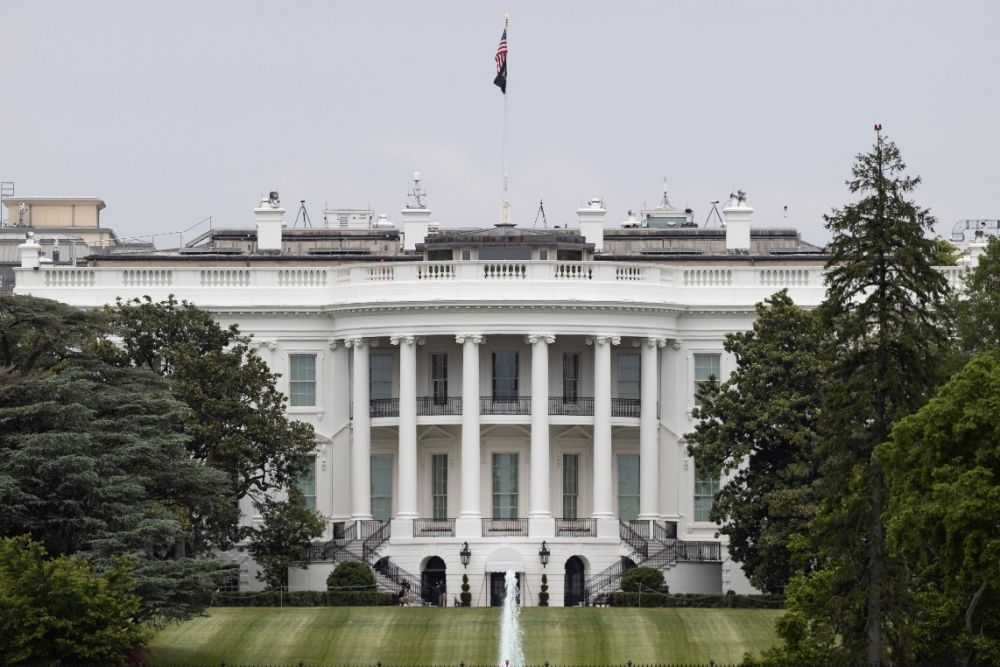The U.S. Department of Defense said recently that President Trump has ordered the withdrawal of most U.S. troops and facilities in Somalia in early 2021. This is another overseas “drawal order” issued by the Trump administration after the Pentagon announced a reduction in the number of U.S. troops in Afghanistan and Iraq in November.
From Syria and Germany, to Iraq and Afghanistan to Somalia, the Trump administration has repeatedly issued “withdrawal orders”, which have recently become more frequent. Analysts pointed out that the withdrawal of troops from abroad is Trump’s ruling commitment and an important part of his “America First” policy. Now it is accelerating, with the intention of getting rid of the “mmire” of war and leaving more “political legacy”. But the hasty withdrawal of troops not only faces risks and resistance, but also leaves difficulties for the next president.
Exchange Commitment
Analysts believe that there are three main reasons why the White House frequently issued “withdrawal orders”.
First of all, “ending the long-term and costly overseas military intervention of the United States and returning American soldiers to their homes” is Trump’s important commitment. Since he took office, the White House has issued “drawal orders”: the withdrawal of U.S. troops in Syria was announced in December 2018, the U.S. military in Syria was announced in June this year, a significant reduction in the U.S. military in Germany was announced in June this year, and several times set a timetable for the withdrawal of troops from Iraq and Afghanistan between September and November. An article on the website of The New York Times said that withdrawing from overseas conflicts has always been one of the core elements of the Trump administration’s “America First” policy, because many of the voters who support Trump are veterans tired of the long war.
Secondly, most of the withdrawals are also to get rid of the “smmire” of war and reduce the risk of U.S. military spending overseas and the risk of casualties of U.S. troops. In the case of Somalia, the recent deterioration of the security situation in the country and the increased risk to the U.S. military may also be one of the reasons for the withdrawal.
Moreover, as the date of the change of the U.S. government approaches, Trump’s recent series of major military decisions have highlighted his desire to seize the time to leave more “political legacy”. The website of Weekly in the United States quoted critics as saying that the “drawal order” is largely based on political considerations.
There is resistance
The Trump administration’s withdrawal plan has always faced both domestic and foreign resistance, especially for the withdrawal from the Middle East, Africa, Afghanistan and other places. There are many voices of opposition within the government, Republicans, senior military officials, etc.
On Syria, Trump suddenly announced his withdrawal decision in December 2018, but in 2019 announced that there was no timetable for the withdrawal of troops from Syria. Today, hundreds of American soldiers are still stationed in Syria. Only about half of the U.S. troops withdrawn from Germany returned to the United States, and the rest were deployed to Belgium, Italy and the United Kingdom.
On the issue of troop withdrawal from Afghanistan and Iraq, the Trump administration did not have the support of NATO allies. It has also been questioned by the chairman of the U.S. Joint Chiefs of Staff, Millie and other senior military officials, and even faces many opposition within the Republican Party. Former Defense Secretary Esper, who was dismissed last month, has been in opposition to Trump on withdrawals such as Afghanistan, and has repeatedly warned against a hasty withdrawal. The final announced withdrawal plan has become a shrinking version.
Regarding the withdrawal of troops from Somalia, retired U.S. Army General Barry McCaffrey said that it was impulsive and hasty action that would swallow the bitter consequences of American national security. Bloomberg’s website article said that the hasty withdrawal of troops may benefit extremists and create foreign policy problems for the next president of the United States.
Charles Dunn, a researcher at the American Middle East Institute, pointed out that the Trump administration’s withdrawal decision is aimed at limiting the scope of policy options after President-elect Biden took office. The Pentagon hopes to slow down the implementation of Trump’s “drawal order” until the end of his term. Participating reporter: Liu Pinran)



